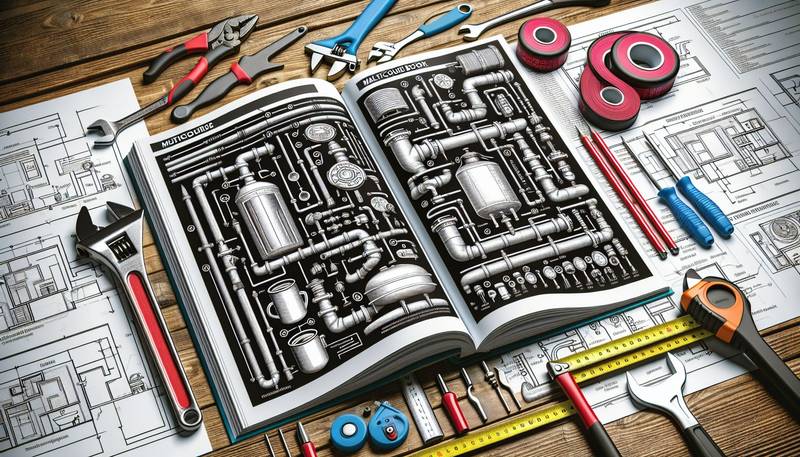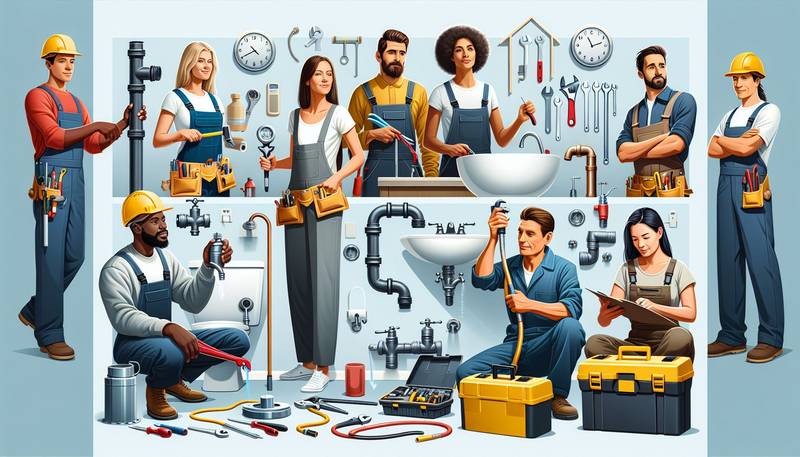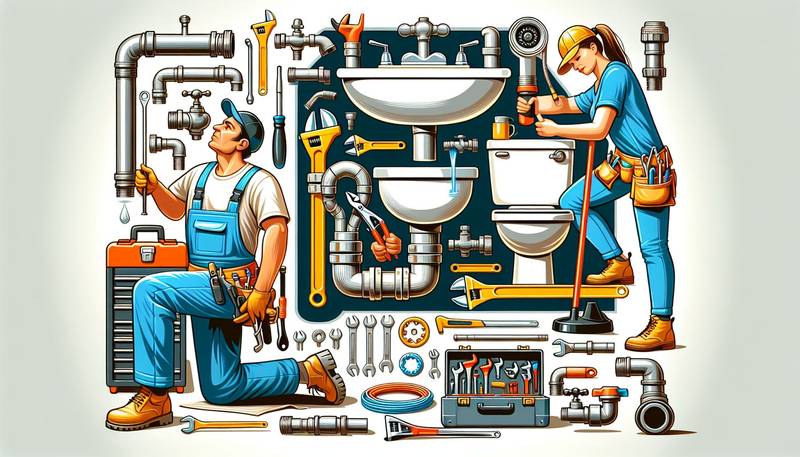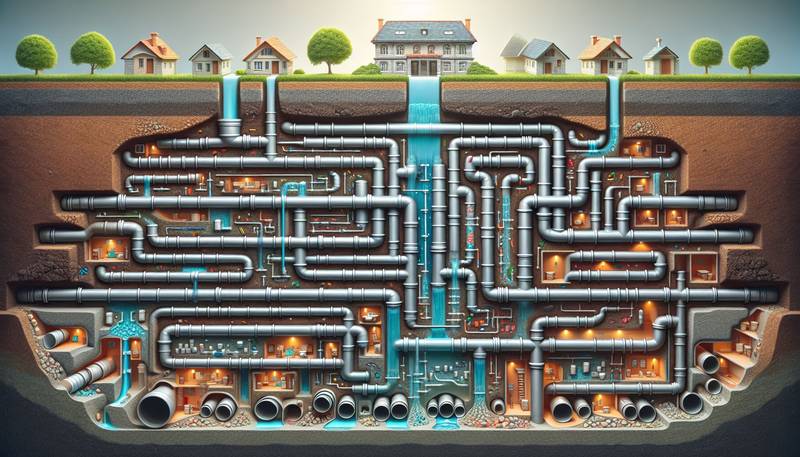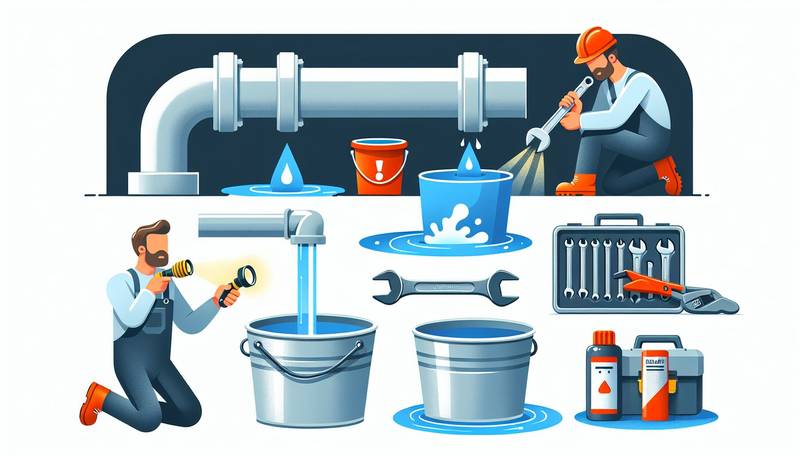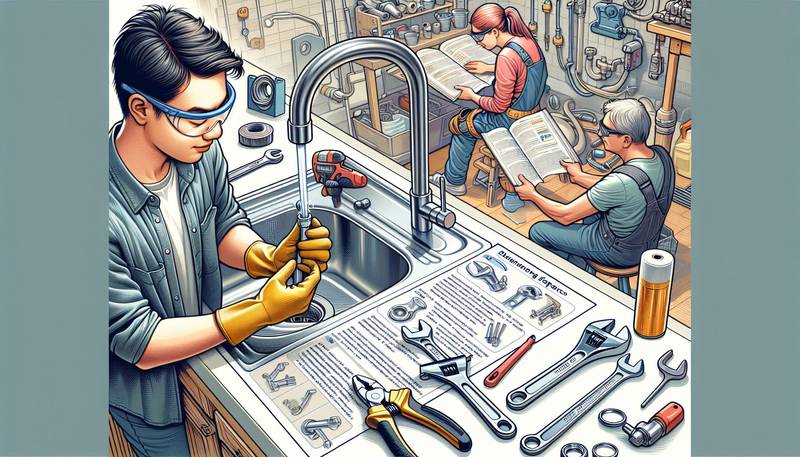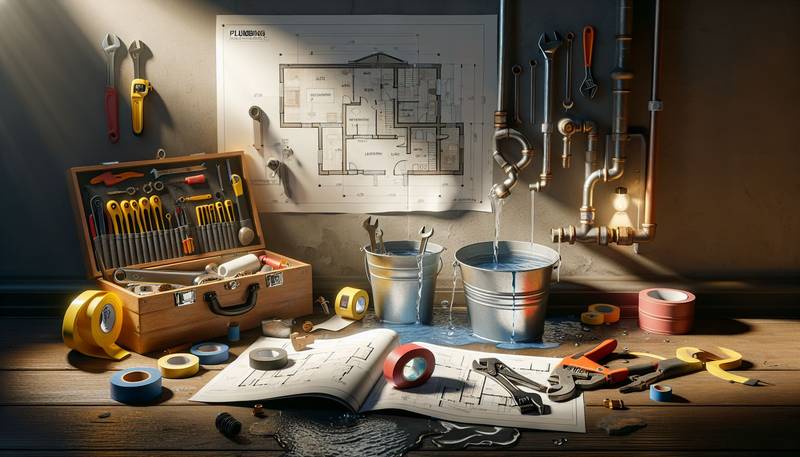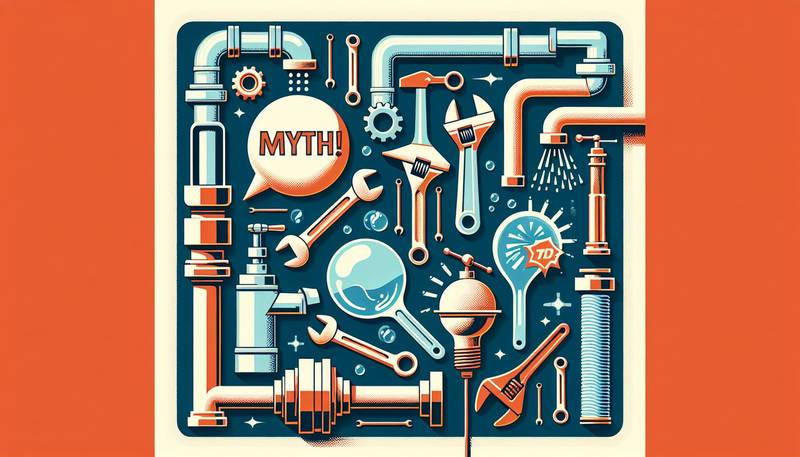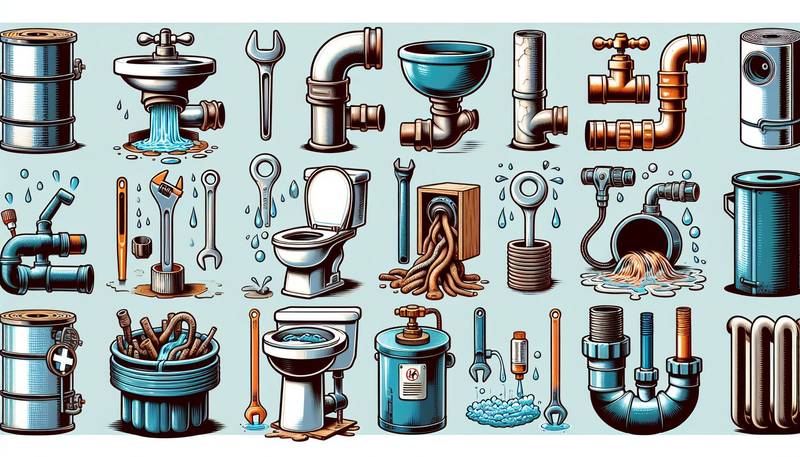The Professional's Guide to Troubleshooting Complex Plumbing Issues
While some plumbing problems may seem simple to diagnose and fix, others can be much more challenging and require a systematic approach to troubleshooting.
In this guide, we will provide you with the tools and techniques you need to effectively troubleshoot complex plumbing issues. By following these guidelines, you will be able to quickly and accurately identify the root cause of the problem and implement the appropriate solution, saving both time and money for yourself and your clients.
Understanding the Problem
Before you can begin troubleshooting a complex plumbing issue, it is essential to understand the problem at hand. Take the time to gather information from the client, including any symptoms they have observed, when the issue first occurred, and any recent changes that may have affected the plumbing system. This information will help you narrow down the potential causes of the problem and come up with a plan of action.
Performing a Visual Inspection
Once you have a good understanding of the problem, it is time to perform a visual inspection of the plumbing system. Look for any visible signs of damage, such as leaks, corrosion, or blockages. Check for unusual noises, odors, or fluctuations in water pressure. Inspect all components of the system, including pipes, fixtures, valves, and fittings. By visually assessing the plumbing system, you may be able to identify the source of the problem quickly.
Utilizing Diagnostic Tools
In addition to a visual inspection, you may need to use diagnostic tools to troubleshoot complex plumbing issues. Common tools used by professional plumbers include pipe cameras, pressure gauges, and leak detection equipment. These tools can help you pinpoint the exact location of a blockage or leak, assess the integrity of the pipes, and measure water pressure and flow rates. By using diagnostic tools, you can gather precise data that will inform your troubleshooting process.
Testing the System
Once you have gathered information from the client, performed a visual inspection, and used diagnostic tools, it is time to test the plumbing system. This may involve running water through the pipes, flushing toilets, or turning on appliances that use water. Monitor the system carefully for any signs of leaks, clogs, or other issues. Pay attention to changes in water pressure, temperature, or flow rates. By actively testing the system, you can confirm the presence of a problem and determine its exact nature.
Identifying the Root Cause
After gathering data from the client, conducting a visual inspection, using diagnostic tools, and testing the system, you should have a good idea of the root cause of the problem. Common causes of complex plumbing issues include blockages, leaks, corrosion, faulty components, and improper installation. By analyzing all available information, you can narrow down the potential causes and develop a troubleshooting strategy to address the root cause effectively.
Implementing a Solution
Once you have identified the root cause of the problem, it is time to implement a solution. Depending on the nature of the issue, this may involve repairing or replacing damaged components, clearing blockages, adjusting water pressure settings, or reconfiguring the plumbing system. Work efficiently and effectively to resolve the problem, keeping the client informed throughout the process. After implementing the solution, test the system again to ensure that the issue has been fully resolved.
Preventing Future Issues
To minimize the likelihood of encountering complex plumbing issues in the future, it is essential to educate your clients on proper maintenance and care practices for their plumbing systems. Recommend regular inspections, cleaning, and maintenance to keep the system in optimal condition. Advise clients on how to avoid common issues, such as disposing of grease properly, using drain strainers, and monitoring water pressure. By taking proactive measures, you can help your clients avoid costly repairs and inconvenient disruptions in the future.
Conclusion
Troubleshooting complex plumbing issues can be a challenging task, but with the right tools and techniques, you can effectively diagnose and resolve even the most difficult problems. By understanding the problem, performing a visual inspection, using diagnostic tools, testing the system, identifying the root cause, implementing a solution, and preventing future issues, you can provide your clients with high-quality plumbing services and earn a reputation as a skilled and reliable professional. Apply the guidelines outlined in this guide to enhance your troubleshooting skills and deliver outstanding results for your clients.
